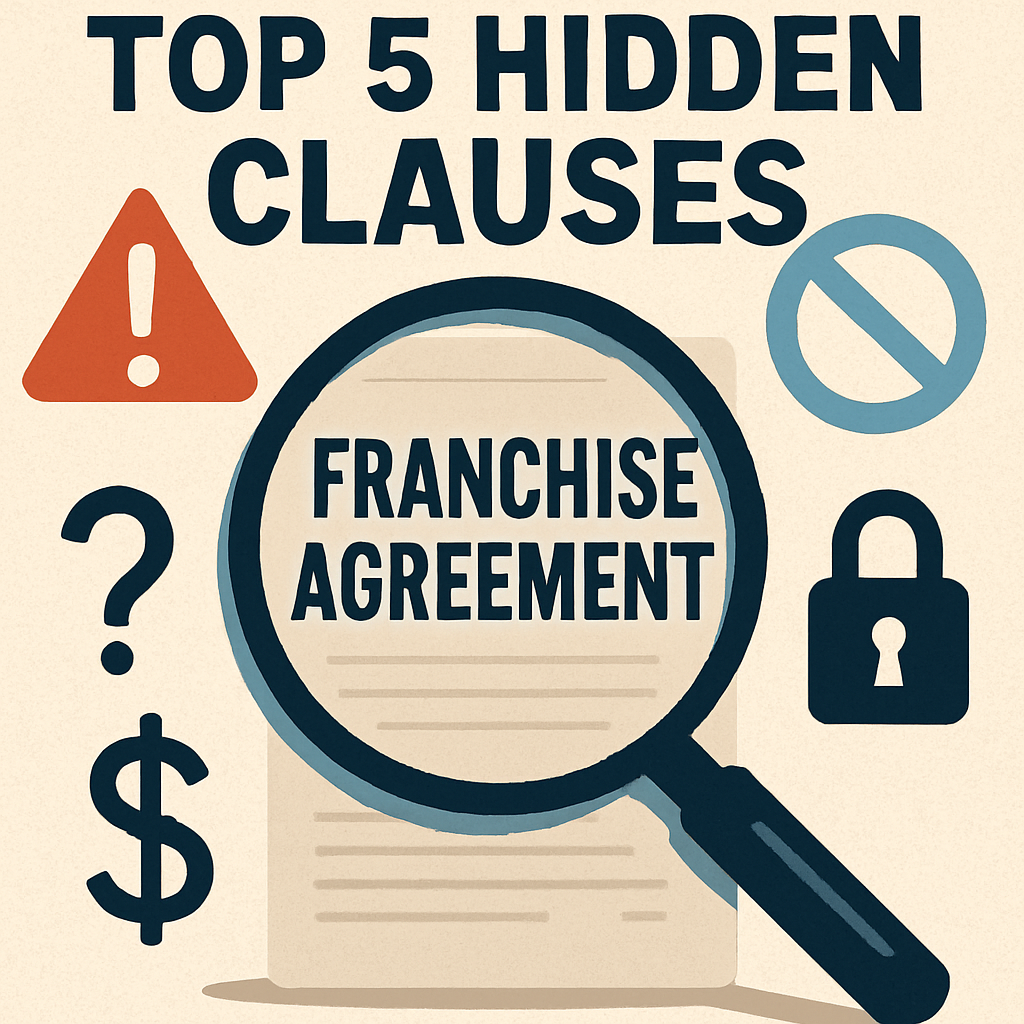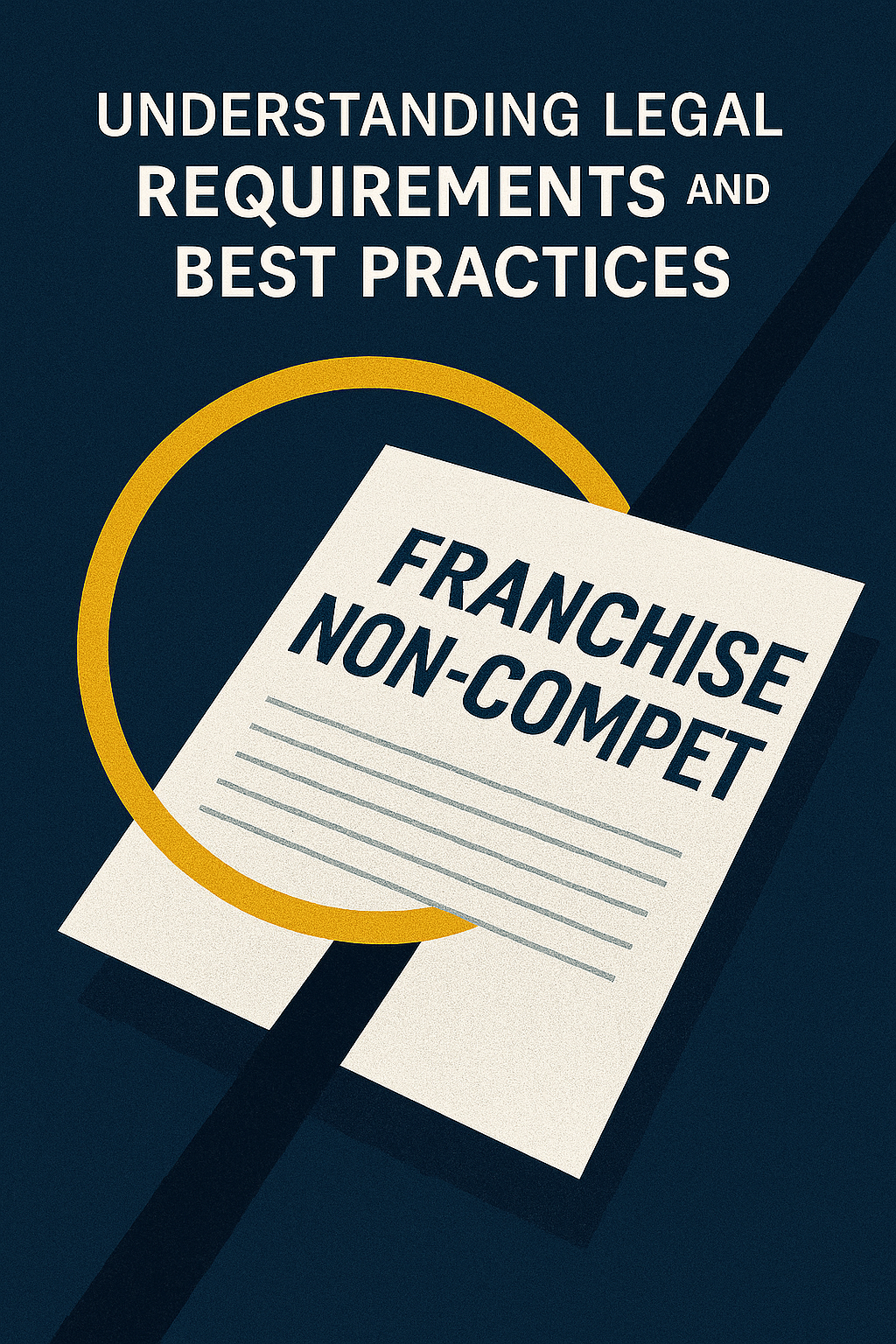Franchise agreements often include provisions for liquidated damages to protect the franchisor in the event of a breach by the franchisee. These clauses can have significant financial implications for both parties, making it essential for franchisees to thoroughly understand and carefully negotiate the terms. In this article, we will explore the intricacies of the liquidated damages clause in a franchise agreement, providing a comprehensive guide to help franchisees navigate this crucial aspect of their contractual obligations.
What are Liquidated Damages?
Liquidated damages are predetermined amounts of compensation specified in a contract that the parties agree to pay in the event of a breach. They serve as a way to estimate the actual damages a party may suffer as a result of the breach. Rather than having to prove the extent of the damages in court, the parties agree in advance to the predetermined amount, providing certainty and efficiency in resolving disputes.
The Importance of the Liquidated Damages Clause in a Franchise Agreement
The inclusion of a liquidated damages clause in a franchise agreement is crucial for several reasons. First, it provides the franchisor with a measure of protection against potential financial losses caused by the franchisee’s breach. By specifying the amount of damages in advance, the franchisor can ensure that their losses are adequately compensated without the need for costly litigation.
Second, the clause acts as a deterrent against potential breaches. The franchisee is more likely to think twice before engaging in actions that may result in a breach, knowing that there are predetermined financial consequences. This helps maintain the integrity of the franchise system and promotes compliance with the terms of the agreement.
Lastly, a well-drafted liquidated damages clause enhances the franchisor’s bargaining position during the negotiation process. It demonstrates their commitment to protecting their interests and sets clear expectations for franchisees regarding their obligations and potential consequences for non-compliance.
Key Elements of the Liquidated Damages Clause
A well-drafted liquidated damages clause should include several key elements to ensure its effectiveness and enforceability. Firstly, it should clearly state the specific actions or events that constitute a breach of the agreement. This may encompass various scenarios such as failure to make required payments, violation of non-compete provisions, or unauthorized use of intellectual property.
Next, the clause should specify the predetermined amount of damages payable in the event of a breach. This amount should be reasonable and proportionate to the anticipated harm caused by the breach, without being punitive or excessive. It should also consider the potential impact on the franchisee’s financial resources and ability to continue operating the franchise.
Additionally, the clause should outline the process for calculating the damages and the timeframe for payment. This may involve setting deadlines for payment, allowing for installment options, or reference to a specific formula to determine the amount owed.
Lastly, the clause should include provisions related to the franchisee’s obligation to mitigate damages. This means that the franchisee is responsible for taking reasonable steps to minimize the franchisor’s losses in the event of a breach, such as finding a replacement franchisee or limiting the duration of the breach’s impact.
Types of Breaches Covered by the Liquidated Damages Clause
The liquidated damages clause in a franchise agreement can cover a range of potential breaches. These may include failure to meet minimum sales requirements, violation of operating standards, breach of confidentiality obligations, or non-compliance with marketing and advertising obligations.
It is essential for franchisees to carefully review the specific language of the clause to understand the full scope of potential breaches and the corresponding damages associated with each. This will allow the franchisee to assess the potential financial impact and make an informed decision about whether to proceed with the agreement.
Calculating Liquidated Damages: A Step-by-Step Guide
Calculating liquidated damages involves following a structured process to determine the amount owed in case of a breach. Here is a step-by-step guide to help franchisees navigate this calculation:
1. Review the specific language of the liquidated damages clause: Carefully read and understand the provisions of the clause, including the formula or method outlined for calculating the damages.
2. Identify the breach or breaches in question: Determine which actions or events constitute a breach of the franchise agreement and are covered by the liquidated damages clause.
3. Gather relevant financial information: Collect any necessary financial data, such as profit and loss statements, sales reports, or accounting records, to assess the potential impact of the breach on the franchisor’s finances.
4. Apply the calculation method or formula: If the liquidated damages clause provides a specific formula, follow it accordingly. This may involve multiplying certain variables, such as average monthly sales, by a predetermined percentage or fixed amount.
5. Consider any limitations or caps on damages: Some liquidated damages clauses may include limitations or caps on the total amount of damages payable. Take note of any such restrictions and ensure they are factored into the calculation.
6. Consult with legal and financial professionals: If necessary, seek guidance from legal and financial experts to ensure the accuracy of the calculation and the compliance with the relevant laws and regulations.
Factors to Consider When Negotiating the Liquidated Damages Clause
When negotiating the terms of the liquidated damages clause in a franchise agreement, franchisees should consider several crucial factors to protect their interests and ensure a fair and reasonable arrangement:
1. Reasonableness of the predetermined amount: Evaluate whether the specified damages are proportionate to the anticipated harm caused by a breach. If the amount seems excessive or significantly higher than the expected losses, negotiate for a more reasonable figure.
2. Flexibility in payment arrangements: Consider negotiating for installment options or extended payment deadlines to mitigate the immediate financial burden of a potential breach. This can provide some flexibility and financial breathing room for the franchisee.
3. Mitigation obligations: Clarify the franchisee’s responsibilities regarding mitigating damages in the event of a breach. Ensure that the agreement explicitly states the efforts the franchisee must make to minimize the franchisor’s losses.
4. Review of financial projections: Thoroughly analyze the financial projections provided by the franchisor to assess the potential impact of the liquidated damages clause on the franchisee’s profitability and viability. If necessary, seek professional advice to interpret and understand these projections.
Common Pitfalls to Avoid in the Negotiation Process
Negotiating the liquidated damages clause requires careful attention to detail and consideration of potential pitfalls that may undermine the franchisee’s position. Some common mistakes and pitfalls to avoid include:
1. Failing to understand the consequences of the clause: Franchisees must fully grasp the potential financial impact of the liquidated damages clause and its long-term implications. Failing to do so may result in signing an agreement that poses significant risk or hardship.
2. Neglecting to seek legal advice: Franchise agreements can be complex legal documents, and the inclusion of a liquidated damages clause adds another layer of complexity. Franchisees should consult with an experienced franchise lawyer who can provide valuable insights and guidance throughout the negotiation process.
3. Focusing solely on fee negotiations: While financial aspects, such as franchise fees and royalty rates, are important considerations, the liquidated damages clause should not be overlooked. Franchisees should prioritize negotiating fair and reasonable terms for this provision to avoid potential financial harm down the line.
4. Failing to fully evaluate the franchise opportunity: Before entering into negotiations, franchisees should thoroughly research and evaluate the franchise opportunity itself. This includes reviewing the franchisor’s track record, support systems, and overall reputation to assess the likelihood of potential breaches and their potential impact.
Case Studies: Successful Negotiations of the Liquidated Damages Clause
Examining real-world case studies can provide valuable insights into successful negotiations of the liquidated damages clause. These examples can help franchisees understand the tactics and strategies employed by others in similar situations.
It is essential to review case studies within the context of the specific industry and franchise system, as each situation may present unique challenges and considerations. Additionally, franchisees should not solely rely on case studies but should engage legal and financial professionals to tailor the negotiation strategy to their specific circumstances and objectives.
Legal Considerations and Enforceability of the Clause
Before signing a franchise agreement, franchisees must evaluate the enforceability of the liquidated damages clause. Several legal considerations impact the validity and enforceability of such a provision:
1. Reasonableness of the predetermined amount: Courts generally examine whether the predetermined amount of damages is reasonable in relation to the anticipated harm caused by the breach. If the amount is deemed excessive or punitive, it may render the clause unenforceable.
2. Intention as a genuine estimate: The clause must demonstrate that the predetermined amount reflects a genuine pre-estimate of the actual damages likely to arise from a breach rather than serving as a penalty for non-compliance. A legitimate estimate strengthens the enforceability of the clause.
3. Public policy considerations: Some jurisdictions may have specific laws or regulations imposing limitations on liquidated damages clauses. Franchisees should be aware of any relevant statutory requirements and ensure compliance with local legal standards.
4. Unconscionability and unfairness: Courts may refuse to enforce a liquidated damages clause if it is deemed unconscionable or unfairly weighted toward one party. Franchisees should assess the overall fairness of the clause and seek legal advice if concerns arise.
Alternatives to the Liquidated Damages Clause in Franchise Agreements
While common in franchise agreements, the inclusion of a liquidated damages clause is not the only option for addressing the potential financial losses resulting from a breach. Depending on the specific circumstances, franchisees may consider alternative provisions or mechanisms to protect their interests. Some alternatives to the liquidated damages clause include:
1. Actual damages provision: Instead of predetermining a specific amount, the agreement may provide for the assessment of actual damages suffered by the franchisor in the event of a breach. This approach requires more detailed evidence and may involve greater time and costs to establish the extent of the damages.
2. Specific performance provision: In certain situations, the franchisee may agree to an obligation to perform specific actions as an alternative to paying damages. This could involve undertaking corrective measures, rectifying the breach, or addressing any harm caused by the non-compliance.
3. Termination provision: In cases of significant breaches, the franchise agreement may allow for termination of the contract and the subsequent pursuit of damages through litigation or other dispute resolution methods.
Each alternative has its own advantages and disadvantages. Franchisees should carefully consider their specific circumstances and consult with legal professionals to determine the most suitable approach for their situation.
Benefits and Drawbacks of Including a Liquidated Damages Clause
The decision to include a liquidated damages clause in a franchise agreement comes with both benefits and drawbacks. Understanding these advantages and disadvantages is crucial for franchisees when assessing the overall value and fairness of this provision:
Benefits:
– Certainty and predictability: The predetermined amount of damages provides certainty for both parties, promoting efficiency in resolving disputes and avoiding unnecessary litigation.
– Deterrent effect: The presence of a liquidated damages clause can discourage potential breaches by franchisees, as they are more likely to weigh the financial consequences before engaging in non-compliant actions. This helps maintain the integrity of the franchise system.
– Efficient resolution of disputes: By eliminating the need to demonstrate actual damages in court, a liquidated damages clause simplifies the process of resolving breaches, reducing the time, costs, and other resources associated with litigation.
Drawbacks:
– Potential unfairness: If the predetermined amount of damages is deemed excessive or unreasonable by a court, it may render the clause unenforceable. This could result in unfair outcomes for the franchisee.
– Inflexibility: Once the predetermined amount is agreed upon, it becomes binding on both parties. If circumstances change or the franchisee faces unexpected financial difficulties, the franchisee may find it challenging to negotiate more favorable terms.
– Limited financial context: Although liquidated damages aim to estimate potential harm, they cannot account for all financial factors and complexities associated with a breach. Actual damages could vary significantly from the predetermined amount, potentially resulting in an unfair distribution of financial consequences.
Understanding the Limitations and Scope of Liquidated Damages
While a liquidated damages clause provides parties with a measure of certainty and predictability, it is important to understand its limitations and scope. Some factors to consider include:
1. Limited to financial compensation: Liquidated damages clauses focus primarily on monetary compensation for the injured party. They may not address other non-monetary harms, such as harm to the franchisor’s reputation or loss of customer goodwill.
2. Responsibility to mitigate damages: Franchisees have an obligation to take reasonable steps to mitigate the franchisor’s losses resulting from a breach. This means they should minimize the impact of the breach and actively work towards resolving the issue to the best of their ability.
3. Inability to cover all potential breaches: While a well-drafted liquidated damages clause can address many common breaches, it may not cover all possible scenarios. Franchisees should carefully review the language of the clause to ensure it encompasses potential breaches they are most concerned about.
Recent Legal Developments Impacting the Enforcement of the Clause
Legal interpretations and developments regarding the enforcement of liquidated damages clauses in franchise agreements can evolve over time. Franchisees should stay informed about recent court decisions or changes in relevant legislation that may impact the enforceability of such clauses in their jurisdiction.
Recent legal developments have seen courts taking a closer look at the reasonableness and fairness of liquidated damages clauses. Courts may be more inclined to strike down a clause that is perceived as punitive or oppressive towards the franchisee. Franchisees should consult with legal professionals who can provide up-to-date information on the prevailing legal landscape in their jurisdiction.
Tips for Franchisees: Protecting Yourself from Unreasonable Liquidated Damages







